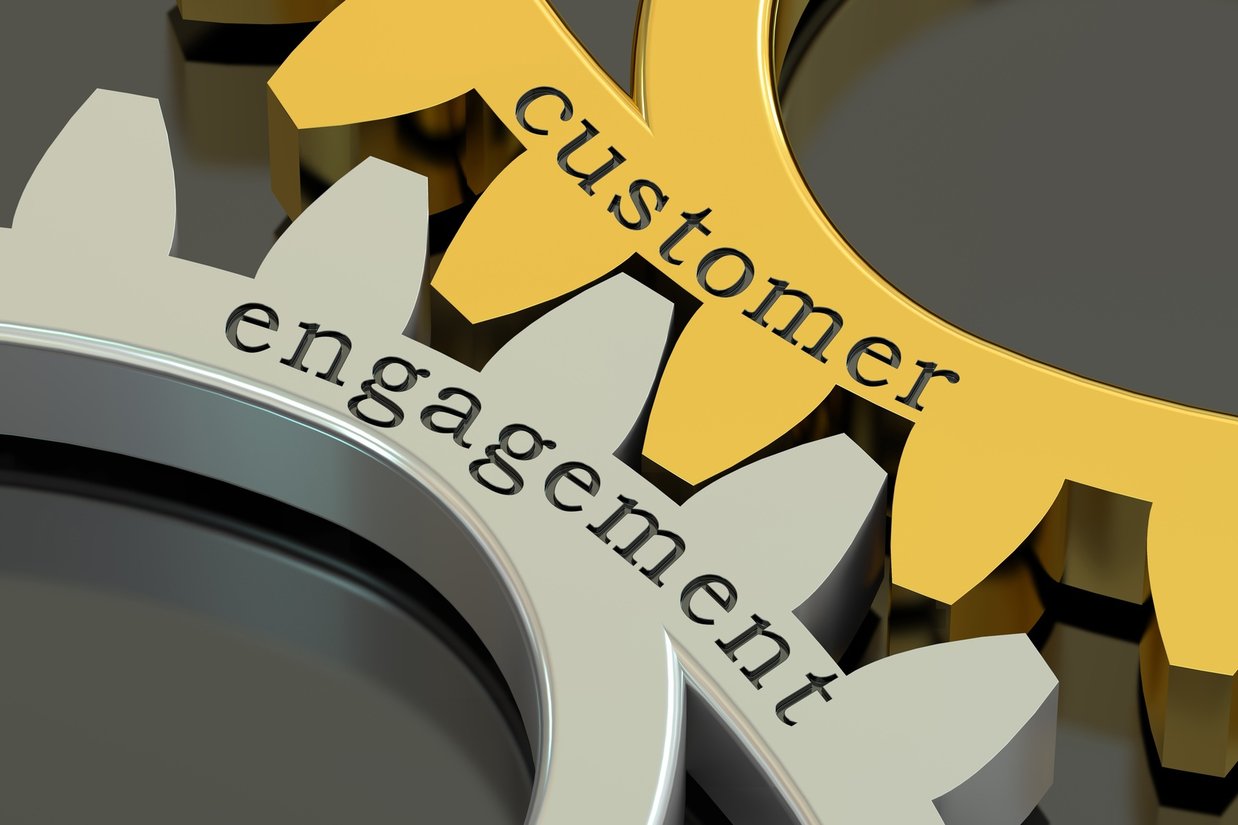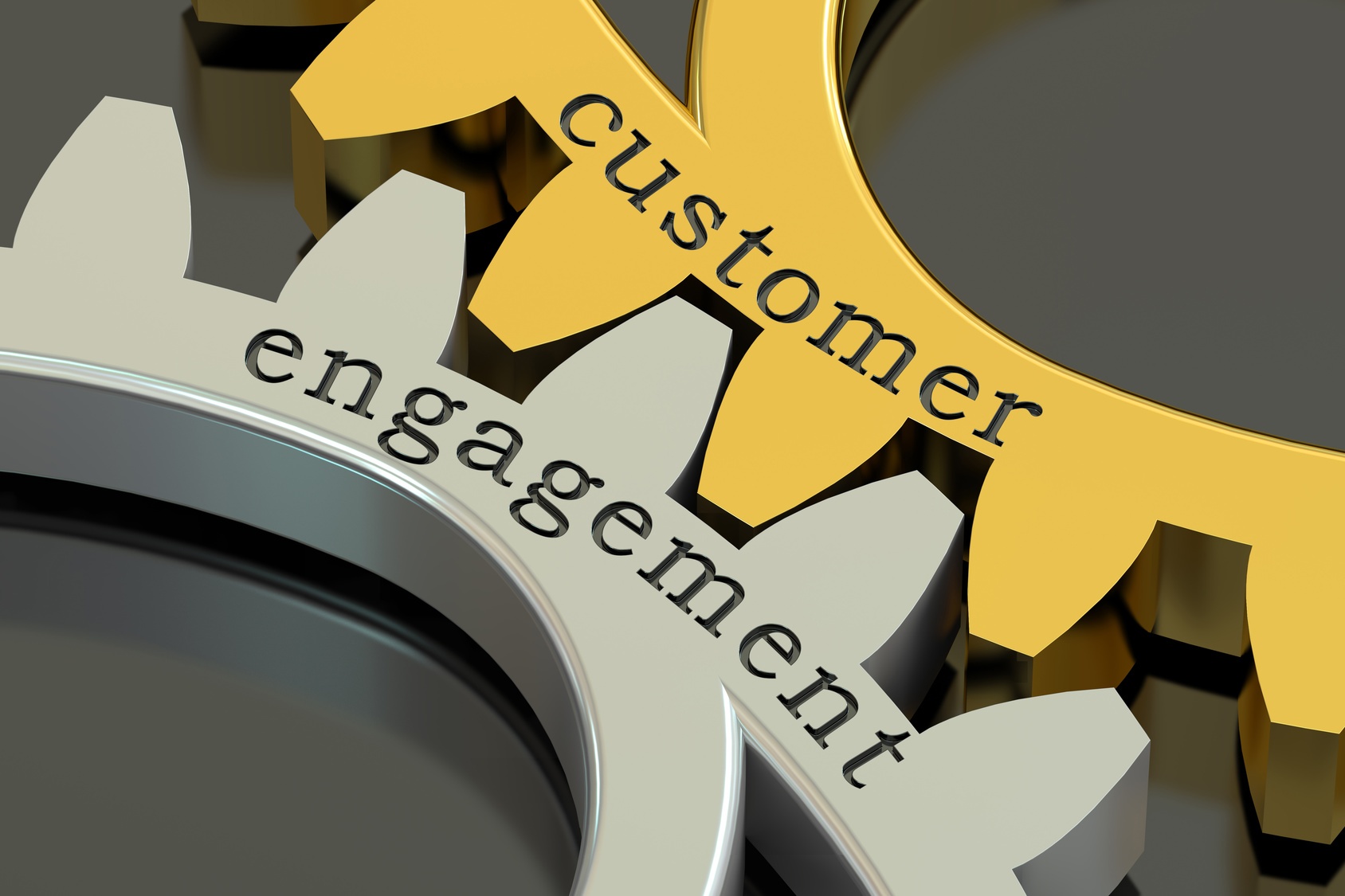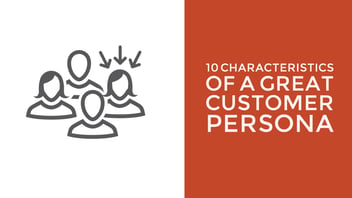3 Reasons You Need Customer Personas

As marketers tackle branding—whether introducing a completely new brand or rebranding an existing company, product or service—the most focus is rightly on defining what the brand means. But there is another step that too many people overlook: defining the customer.
Who is buying your product or service?
In order to create a brand position and marketing materials that hit the target, you need to define what (who) that target is.
That is where customer, or buyer, personas come in. Buyer personas are fictionalized, generalized representations of your ideal customers that help you understand your customers and prospects better.
Without them, you will run into three problems:
- You won’t know who your best customers are.
- You can’t create the content your best customers need.
- You can’t convert your best leads into customers.
Reason #1 To Create Customer Personas:
Know Who Your Best Customers Are
Researching and defining buyer personas shines a light on the characteristics of your ideal customers. At the same time, it identifies the factors that make prospects too elusive or expensive to bother following up on.
With defined customer personas in hand, you can focus on your best customers and avoid wasting time on unlikely prospects, which will maximize your ROI. The information you glean from your research in creating buyer personas can be a part of the “fit” criteria as you determine what quantifies a marketing qualified lead. (See our Lead Qualification Checklist for more on that.)
Reason #2 To Create Customer Personas:
Create the Content Your Best Customers Need
When you know for whom you are creating content, and what they need from that content, your marketing is more likely to hit the mark. Using personas makes websites 2 to 5 times more effective and easier to use by the targeted users. Rather than creating general, broad content, you can personalize content to the needs of the specific individuals involved in making a purchasing decision.
For example, if you know that one of your customer personas is a chief technology officer of a large manufacturing facility in the United States, you can tailor blog posts to the challenges that individual faces, which may be different from a counterpart at a European facility, or from the CFO involved in budgeting decisions about whether to buy your solution for the facility. By defining each of those personas, you can create three different content pieces that address the specific concerns of each position.
Reason #3 To Create Customer Personas:
Convert Your Best Leads Into Customers
According to HubSpot, personalized emails drive 18 times more revenue than broadcast emails. By segmenting your leads by buyer persona, you can nurture them with emails tailored to their specific needs, taking personalization another step beyond simply following a basic lead nurturing workflow.
Understanding your buyer personas, including how prospects within each group are likely to act, can also help in developing the calls-to-action or paid promotions most likely to drive action. Ads that are targeted based on lead behavior are twice as effective as non-targeted ads.
By nurturing your leads with content tightly aligned to their persona’s goals, challenges and preferences, you increase the likelihood of closing a sale.
Are you ready to create your own customer personas to guide marketing efforts and content creation? Download our whitepaper—Branding Mistake: Not Mapping Out Buyer Personas— for a step-by-step guide to creating personas, along with examples of great personas used by JONES partner Wallop!
You’ll find more information on creating and using buyer personas in these blog posts and resources:
-1.png?width=1652&height=294&name=Jones(RGB)-1.png)












